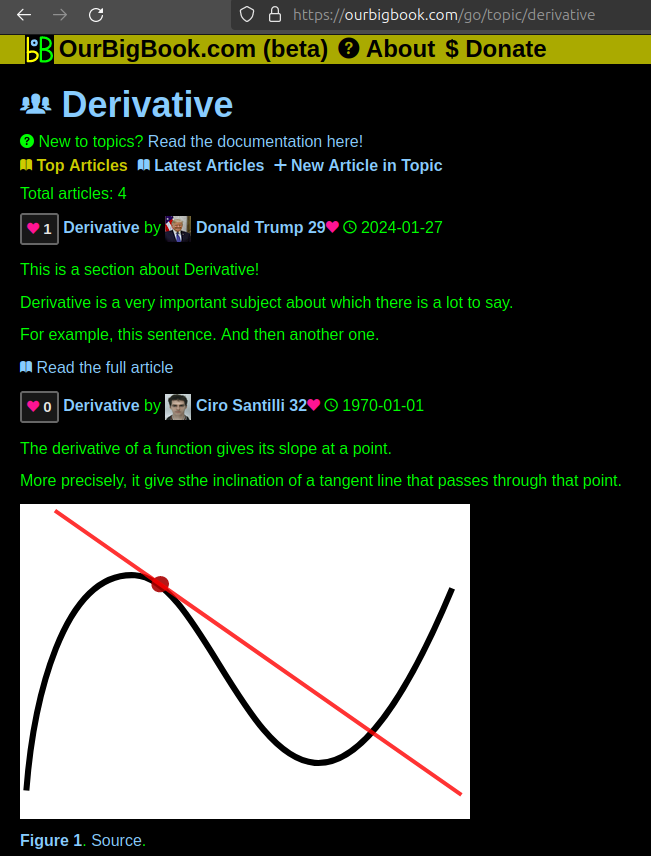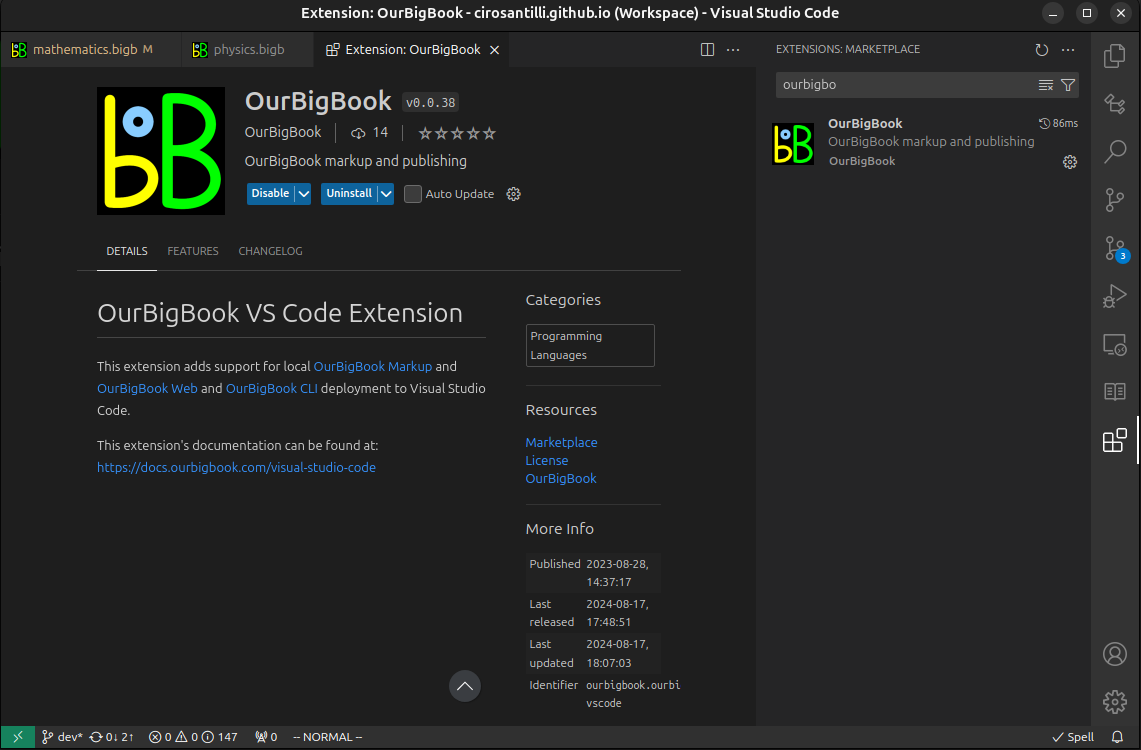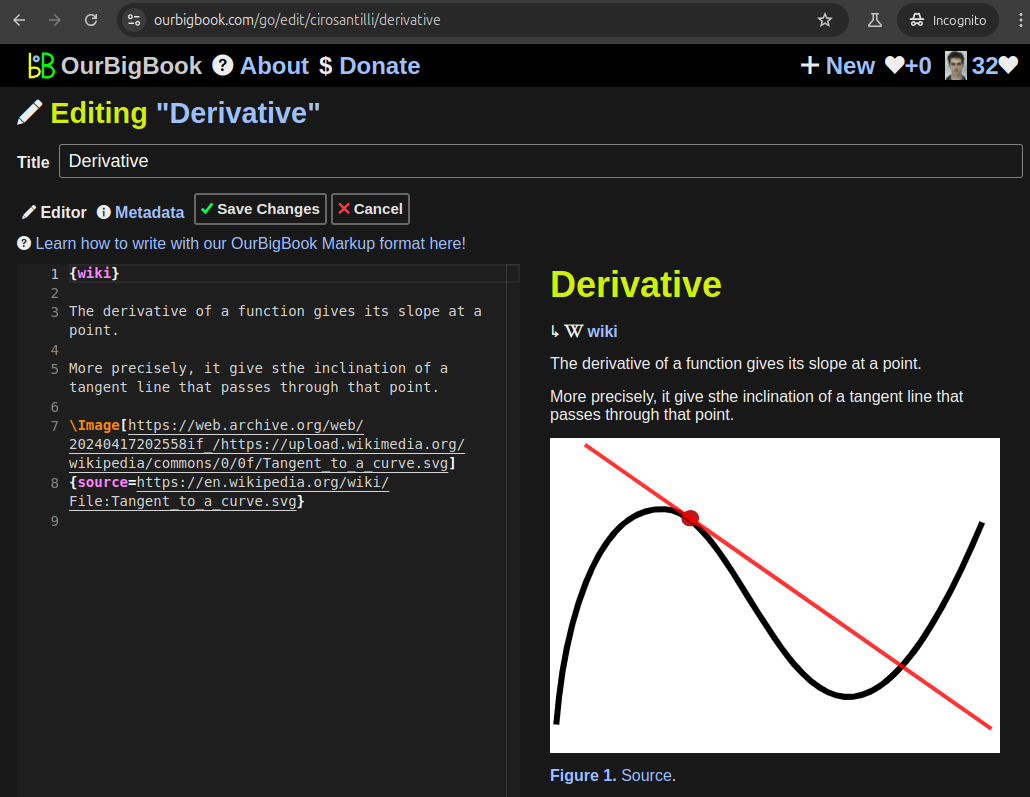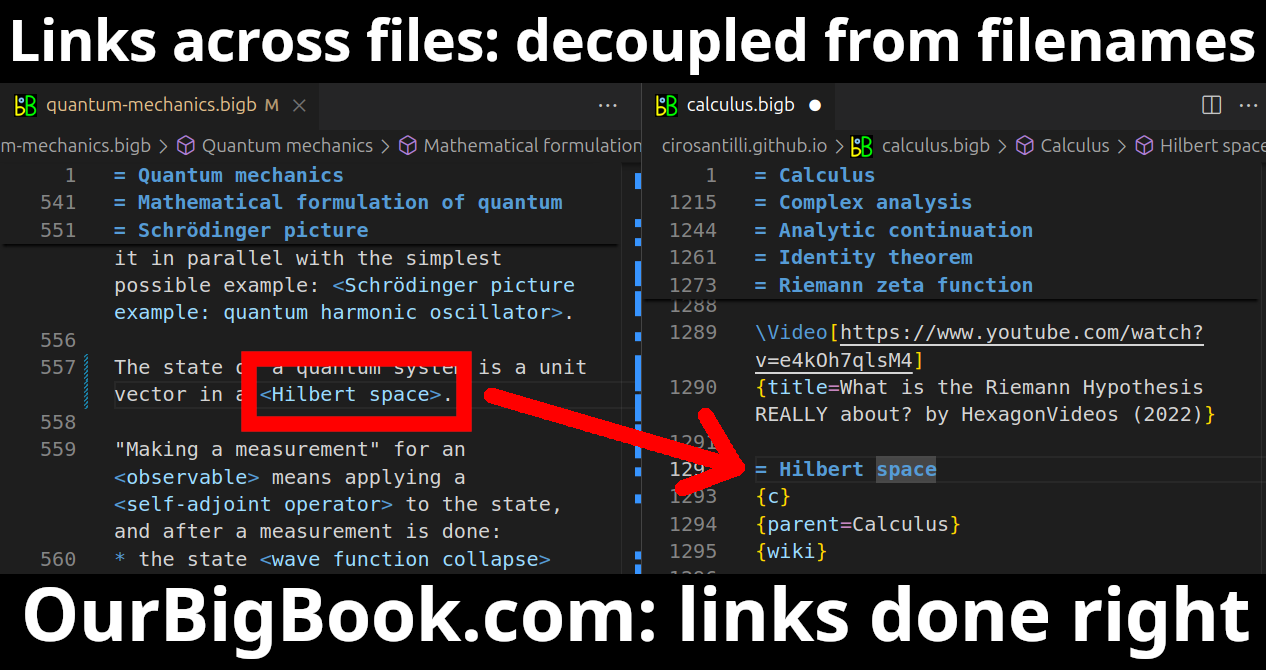Ruppeiner geometry is a geometric framework applied in the context of thermodynamics and black hole thermodynamics to analyze the properties of thermodynamic systems. It is named after George Ruppeiner, who introduced this approach in the 1990s. In this framework, the properties of a thermodynamic system are represented as a geometric structure, where thermodynamic state variables are treated as coordinates on a manifold.
Supersymmetry (SUSY) algebras are extensions of the Poincaré algebra that include fermionic generators, which act on bosonic and fermionic states. In 1+1 dimensions, the structure of supersymmetry algebras is somewhat simplified compared to higher dimensions.
Symmetry-protected topological order (SPT order) is a concept in condensed matter physics and quantum many-body systems that describes certain phases of matter. These phases are characterized by long-range quantum entanglement and unusual global properties, and they exist in a manner that is robust against local perturbations, as long as certain symmetries are preserved.
Hypertension, commonly known as high blood pressure, is a medical condition characterized by the elevated force of blood against the walls of the arteries. Blood pressure is typically expressed in millimeters of mercury (mmHg) and is recorded with two measurements: systolic and diastolic pressure. - **Systolic pressure** is the higher number, representing the pressure in the arteries when the heart beats and pumps blood.
Blue-cone monochromacy (BCM) is a rare genetic condition that affects color vision. It is a type of cone monochromacy, a form of color vision deficiency where only one type of cone photoreceptor is functioning. In the case of blue-cone monochromacy, individuals primarily have functional short-wavelength-sensitive cones, or blue cones, while the long-wavelength-sensitive cones (red) and medium-wavelength-sensitive cones (green) are absent or non-functional.
The term "retinal mosaic" can have a couple of interpretations depending on the context, but it generally refers to the organization or arrangement of retinal cells in a way that can resemble a mosaic pattern. 1. **Retinal Cells and Tiling**: In the context of retinal structure, the term can describe the spatial arrangement of different types of retinal neurons, such as photoreceptors, bipolar cells, and ganglion cells.
Electroencephalography (EEG) is a medical diagnostic technique that records electrical activity in the brain using electrodes placed on the scalp. These electrodes detect and measure the electrical impulses produced by neuronal activity. EEG is useful for diagnosing various neurological conditions, such as epilepsy, sleep disorders, and brain tumors, as well as for monitoring brain activity during surgeries or in intensive care settings. The recorded data is displayed as waveforms and can be analyzed for patterns that may indicate abnormal brain activity.
The Krogh model refers to a mathematical model used in physiology to describe the transport of substances across biological membranes, particularly in the context of capillary exchange in tissues. Named after Danish physiologist August Krogh, who conducted important research on respiratory and circulatory physiology, the model helps elucidate how oxygen and other nutrients are delivered from blood to tissues, and how waste products are removed.
A time series is a sequence of data points recorded or measured at successive points in time, typically at uniform intervals. It is a common method in statistics and various fields, such as finance, economics, environmental science, and engineering, for analyzing trends, patterns, and behaviors of data over time. Key characteristics of time series data include: 1. **Temporal Order**: The data points are ordered chronologically. Each observation has a timestamp, and the order matters.
Operations research societies are professional organizations dedicated to the field of operations research (OR), which involves applying mathematical, statistical, and analytical methods to help make better decisions and solve complex problems in various domains, including business, engineering, logistics, healthcare, and more. These societies typically aim to advance the theory and practice of operations research by: 1. **Promoting Research**: Encouraging and disseminating research in operations research methodologies and applications.
The Fairfield Experiment, also known as the "Fairfield Project," refers to a well-documented series of experiments in the realm of parapsychology and psychic phenomena. While the details can vary based on the specific sources, the term is commonly associated with attempts to scientifically investigate and measure psychic abilities, such as telepathy, psychokinesis, and other related phenomena.
ICORES stands for the International Conference on Operations Research and Enterprise Systems. It is typically an academic and professional event that focuses on the intersection of operations research (OR) and the methodologies and frameworks that are involved in enterprise systems. Conferences like ICORES provide a platform for researchers, practitioners, and students to discuss the latest developments, share research findings, explore new methodologies, and network with others in related fields.
Optimal maintenance refers to the strategic approach to maintaining equipment, machinery, or systems in a way that maximizes their performance, lifespan, and reliability while minimizing costs and downtime. This concept can apply across various industries, including manufacturing, transportation, and facilities management. Here are some key aspects of optimal maintenance: 1. **Predictive Maintenance**: Utilizing data analysis and monitoring technologies to predict when maintenance should be performed, allowing for interventions before failures occur.
Mathematical theorems in theoretical computer science are formal statements that have been proven based on a set of axioms and definitions within the realm of computer science. They often involve concepts from mathematics, logic, algorithms, complexity, automata theory, and other related fields. Theorems are essential for establishing foundational principles and for understanding the limits of computation.
A semantic reasoner is a type of software that applies reasoning techniques to draw conclusions from a set of facts or statements organized in a formal structure, often defined by ontologies or knowledge bases. It operates within the realm of semantic web technologies and artificial intelligence, helping to infer new knowledge from existing data.
"The Engine" can refer to different things depending on the context. Here are a few possibilities: 1. **Mechanical Engine**: In the simplest terms, it may refer to any machine that converts energy into mechanical motion, such as an internal combustion engine in vehicles or a steam engine. 2. **The Engine (Tech/Software)**: In technology, it might refer to a specific software engine, such as a game engine (e.g., Unreal Engine, Unity) or a database engine.
Pinned article: Introduction to the OurBigBook Project
Welcome to the OurBigBook Project! Our goal is to create the perfect publishing platform for STEM subjects, and get university-level students to write the best free STEM tutorials ever.
Everyone is welcome to create an account and play with the site: ourbigbook.com/go/register. We belive that students themselves can write amazing tutorials, but teachers are welcome too. You can write about anything you want, it doesn't have to be STEM or even educational. Silly test content is very welcome and you won't be penalized in any way. Just keep it legal!
Intro to OurBigBook
. Source. We have two killer features:
- topics: topics group articles by different users with the same title, e.g. here is the topic for the "Fundamental Theorem of Calculus" ourbigbook.com/go/topic/fundamental-theorem-of-calculusArticles of different users are sorted by upvote within each article page. This feature is a bit like:
- a Wikipedia where each user can have their own version of each article
- a Q&A website like Stack Overflow, where multiple people can give their views on a given topic, and the best ones are sorted by upvote. Except you don't need to wait for someone to ask first, and any topic goes, no matter how narrow or broad
This feature makes it possible for readers to find better explanations of any topic created by other writers. And it allows writers to create an explanation in a place that readers might actually find it.Figure 1. Screenshot of the "Derivative" topic page. View it live at: ourbigbook.com/go/topic/derivativeVideo 2. OurBigBook Web topics demo. Source. - local editing: you can store all your personal knowledge base content locally in a plaintext markup format that can be edited locally and published either:This way you can be sure that even if OurBigBook.com were to go down one day (which we have no plans to do as it is quite cheap to host!), your content will still be perfectly readable as a static site.
- to OurBigBook.com to get awesome multi-user features like topics and likes
- as HTML files to a static website, which you can host yourself for free on many external providers like GitHub Pages, and remain in full control
Figure 3. Visual Studio Code extension installation.Figure 4. Visual Studio Code extension tree navigation.Figure 5. Web editor. You can also edit articles on the Web editor without installing anything locally.Video 3. Edit locally and publish demo. Source. This shows editing OurBigBook Markup and publishing it using the Visual Studio Code extension.Video 4. OurBigBook Visual Studio Code extension editing and navigation demo. Source. - Infinitely deep tables of contents:
All our software is open source and hosted at: github.com/ourbigbook/ourbigbook
Further documentation can be found at: docs.ourbigbook.com
Feel free to reach our to us for any help or suggestions: docs.ourbigbook.com/#contact






